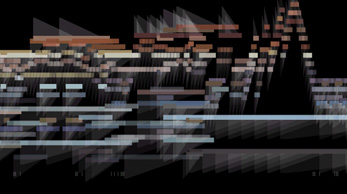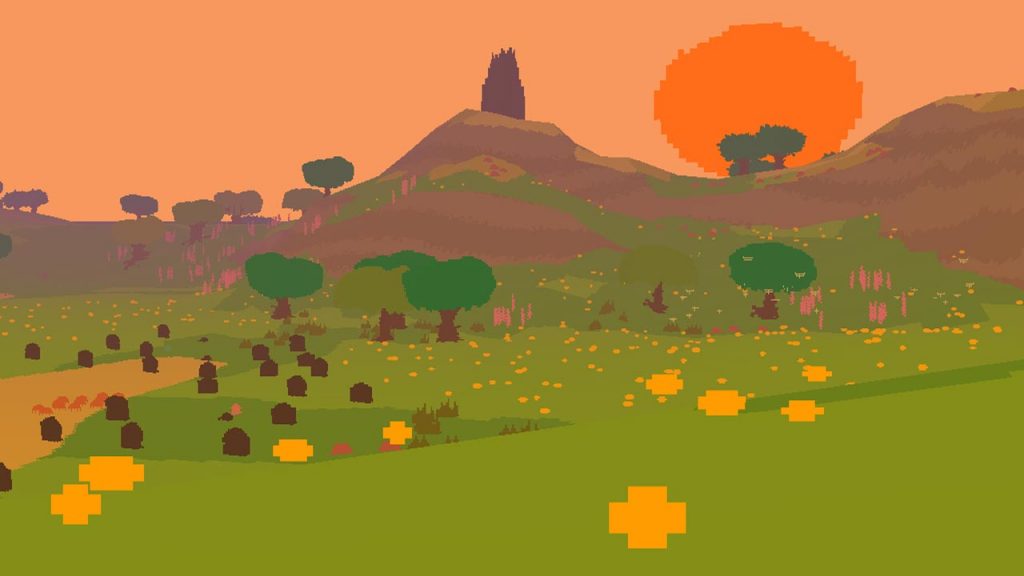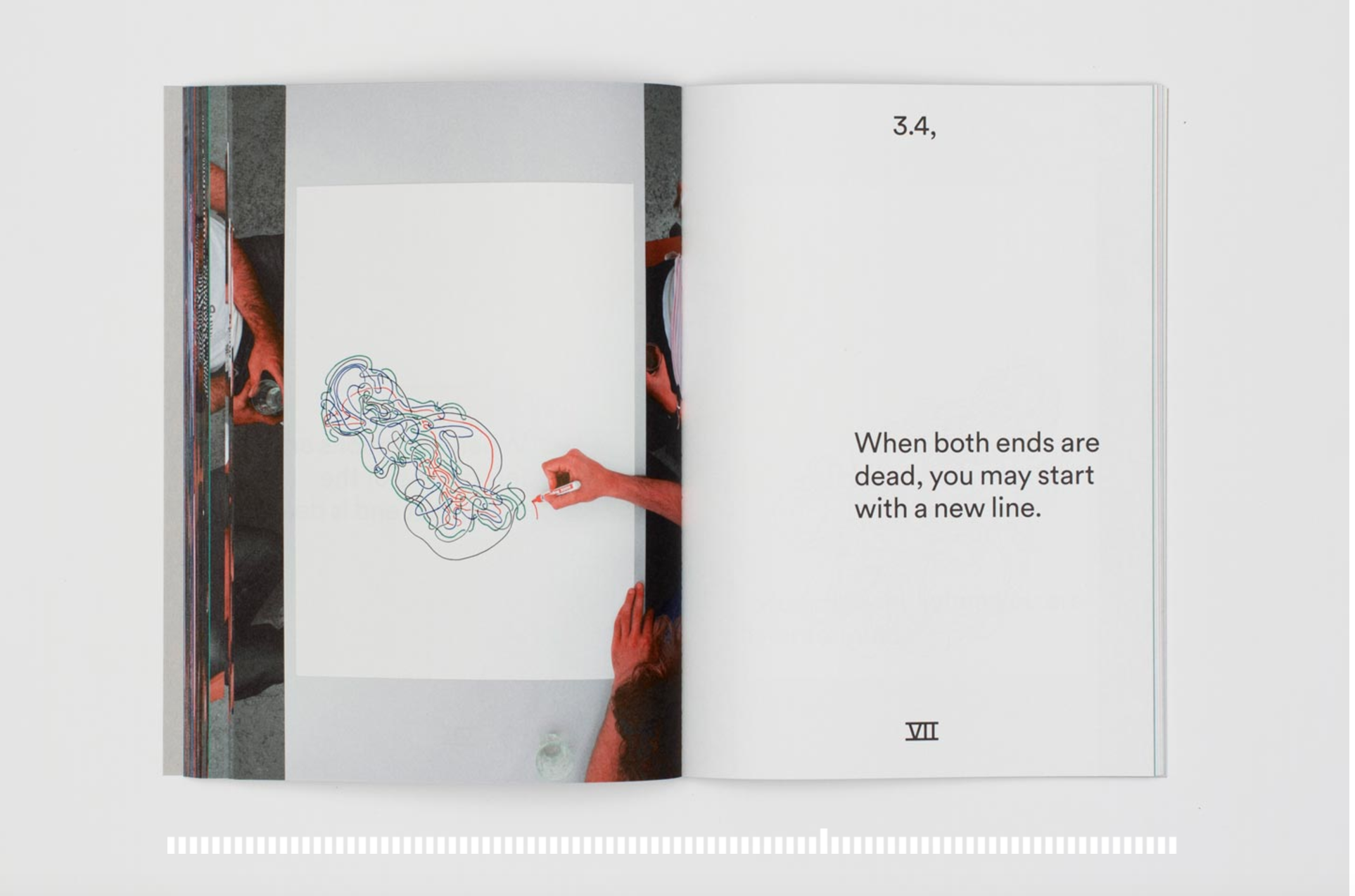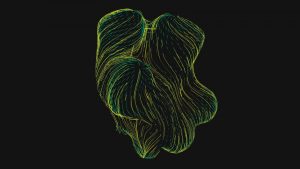
“Tangent” by Marcin Ignac (2012)
Marcin Ignac is a polish artist/programmer/designer exploring hybrid work including data visualization, programmable art, and more. Tangent is a form of generative animation created from studying surface curvature, where tracing lines are programmed to appear across the surface of a generated shape. I really enjoy this project as the tracing lines are able to give a sense of dimension and life to these otherwise seemingly flat, line drawings. As the form rotates in his video documentation, we begin to understand the flow of the curvatures at different perspectives — these intricate details are really engaging to watch. Tangent was created using Javascript, Plask, OpenGL and glsl. Ignac heavily utilized Plask, a multimedia programming environment utilizing processing and open frameworks, through Javascript. His artistic sensibilities were integrated in the algorithm through choice of color, composition, line weight, and motion; which work cohesively to create delicate, rotating 3D forms.
http://variable.io/tangent/
http://marcinignac.com/projects/tangent/
http://marcinignac.com/blog/data-art-with-plask-and-webgl/
![[OLD FALL 2017] 15-104 • Introduction to Computing for Creative Practice](https://courses.ideate.cmu.edu/15-104/f2017/wp-content/uploads/2020/08/stop-banner.png)


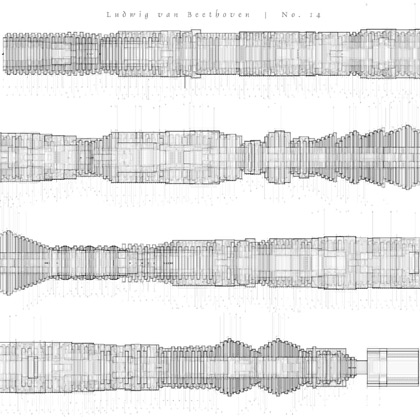 The first movement of the sonata, rendered into four sections.
The first movement of the sonata, rendered into four sections.